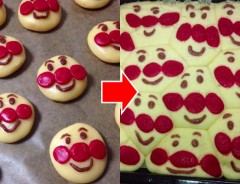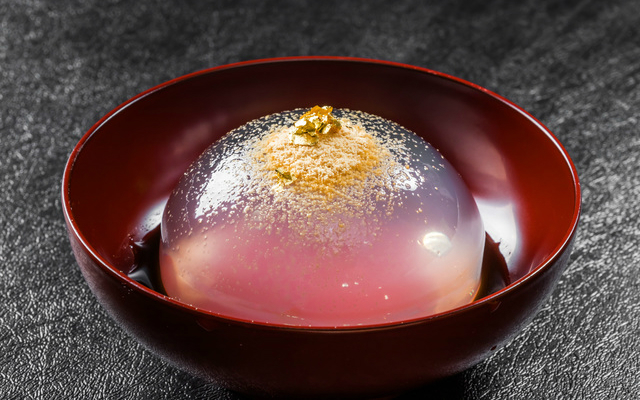- Source:
- jee.mi.kim / erutaro / sachinico14 / sanapsanap / houchenjing / sstm56 / sanyu_do / 10090725c / nopainnogainnopain / jun.t.gram / ami_tateishi1118
- Tags:
- Desserts / Souvenirs / Sweets / Tea Ceremony / Traditional / Wagashi
Related Article
-

McDonald’s Japan Chooses Pikachu Chocolate Banana For Pokémon McFlurry
-

How Modern Day Services are Adopting a Kyoto Style to Blend in to Historic Neighbourhoods
-

Get Spooky with the ‘Ghost Carnival’ Halloween buffet at Dining Cafe SOCO
-

Turn your cat into a napping traditional Japanese dessert with the anmitsu pet bed
-

6 Massive Valentine Baking Fail From Japan… It’s Hilariously Horrendous!
-

‘Dig in’ to these cookies inspired by ancient Japanese burial mounds



If you come to Japan you have to try traditional sweets.
Wagashi is an umbrella term for various traditional sweets and desserts. Apart from just artisanal presentation, they taste exquisite too. Using distinctly Japanese ingredients and flavours such as matcha, adzuki beans and kinako (roasted soy bean flour), they are completely different from their counterparts found in other countries. Usually less sweet, they match perfectly with a cup of green tea for a sublime Japanese teatime.
Best Wagashi to Pick Up While in Japan
1. Mochi
You’ve probably heard of mochi before, a contender for the softest material on this earth. In wagashi this super springy rice cake is used in many different ways. For spring, sakura mochi is a must-try, a treat flavoured like the season’s famed cherry blossoms. Warabi mochi is another common type of mochi which is covered in roasted soybean flour. Daifuku is a very thin layer of mochi covering sweet red bean paste or cream and fruit. Strawberry daifuku, a whole strawberry wrapped in mochi is a truly blissful combination.
2. Taiyaki
Anime fans will definitely have seen this one before. These fish shaped pancakes not only look cute but are delicious too. Red bean paste is the usual filling, but if you prefer something sweeter, alternatives like custard are also available. Some vendors even get extra creative with the flavours!
3. Dorayaki
Dorayki is like a pancake made from two castella cakes, sandwiching red bean paste filling. The original dorayaki consisted of just one layer (boo!) but thankfully in the end the dorayaki shops started doubling down to give the filling treat we can enjoy today. Not just red bean paste, you can find other flavours like this matcha cream and strawberry filling.
4. Dango
With its distinctive 3 different coloured rice balls on a stick, hanami dango is an icon of spring. This treat is best enjoyed while sitting under some beautiful cherry blossoms. But apart from that, dango can come in many other forms. Mitarashi dango is another popular type which is flavoured with a thick, sweet soy sauce syrup.
5. Manju
Manju have a cakey outside layer and a sweet centre, usually (you guessed it) red bean paste. Sometimes the outer part is flavoured with matcha. One of the most popular varieties is the momiji manju which is shaped like a Japanese maple leaf and is a famous souvenir from Hiroshima.
6. Yokan
This jelly looking dessert is made from red bean paste, sugar and agar and comes in various flavours including green tea, chestnuts or sweet potato. The ingredients are hardened into a block and served in slices. The texture is similar to a paste and it can often be seen as part of tea ceremony. Mizu yokan contains more water which gives it a more translucent appearance and jelly-like texture.
7. Nerikiri
These are definitely the most aesthetically impressive of all the wagashi. Nerikiri are made from a dough formed by white bean paste and mochi, they can be easily coloured and moulded into various shapes to create sweet confections to express the seasons. Often this takes the form of flowers. Buying a batch of these as souvenirs is sure to impress everyone back home!